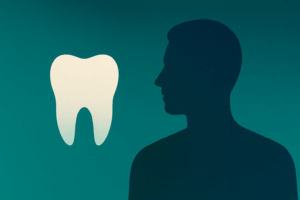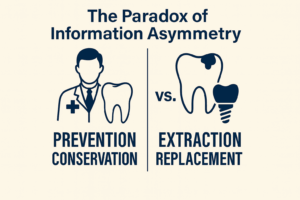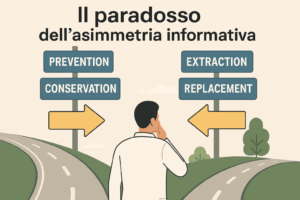There are certain fundamental laws in the world that manifest in different ways across different domains. One of these is the law of compound effects. This principle has been extensively studied in finance, where it is known as the law of compound interest.
This concept explains how a small financial investment made long ago can grow exponentially, far beyond what we might intuitively estimate.
For example, the American stock market (S&P 500) has grown, on average, 8-10% per year over the past few decades. This might not seem like an extraordinary return, yet $10,000 invested in 1980, thanks to the power of compound interest, would have grown to $1.2 million today.
We can push the law of compound interest even further back in time, allowing time itself to do the work. A $10,000 investment in the S&P 500 in 1960 would be worth approximately $4,457,900 today.
But this same law also works in the opposite direction. In the United States, for instance, credit card debt has reached $1 trillion, with interest rates of up to 20% per year. Most of these debts become impossible to repay because, within just a few years, they double or even triple, creating a financial spiral from which it is nearly impossible to escape.
This same principle finds its expression in dentistry as well.
A typical example emerges in the realm of biomechanics.
Consider a tooth that has undergone crown preparation with a large shoulder. In the process, it loses a significant amount of interaxial dentin, which can result in microscopic flexing under occlusal loading. This movement may be only a few dozen microns, seemingly negligible. However, year after year, fatigue accumulates, eventually leading to the formation of a microcrack within the structure.
This crack line will propagate through the tooth over time until, one day—seemingly out of nowhere—the tooth fractures catastrophically in a single instant, leading to clinical failure.
To the untrained eye, this may appear as an unexpected failure occurring after 7-8 years. But to an experienced dentist, this is not a surprise—rather, it is the predictable consequence of an initial biomechanical flaw.
Among the many mistakes we unknowingly leave behind in our daily practice, biomechanical errors are the ones where the law of compound interest is the least forgiving.
Year after year, fatigue accumulates, until the material’s threshold is reached—and failure becomes inevitable.
This realization has profoundly changed my perspective over the course of my career.
•Cusps that once seemed thick and strong now appear thin and fragile.
•What once was an intracoronal restoration has increasingly become an overlay restoration.
•Crown preparations, where the focus was once on providing space for the technician and optimizing esthetics, have become smaller.
•A 1.5mm shoulder eventually became 1mm, then 0.5mm, and ultimately a vertical preparation—which, over time, evolved into a minimally invasive vertical preparation.
My definition of success has changed. A failure at 7-10 years is something I see differently now. It is not an isolated event—it is simply the final scene of a movie that began the day the restoration was delivered.
Understanding the law of compound effects in dentistry has profoundly changed my approach and my choices.
•I have learned where to be minimal in my dentistry—but, more importantly, I have learned where NOT to be minimal.
•I have identified the scenarios where so-called minimally invasive dentistry is nothing more than iatrogenic dentistry.
•I have learned the true cost of our choices—and the price we often pay for esthetics.
•I have realized that the consequences of our actions can be surprising. Small, seemingly insignificant mistakes can sometimes lead to catastrophic failures in a very short span of time.
I have learned to be more cautious.
The law of compound interest is not something I merely read about in books.
It is something I have experienced firsthand, paying my dues and living through my own failures.
And it is a universal rule.
I have paid my dues. You will have to pay yours.Till when?







